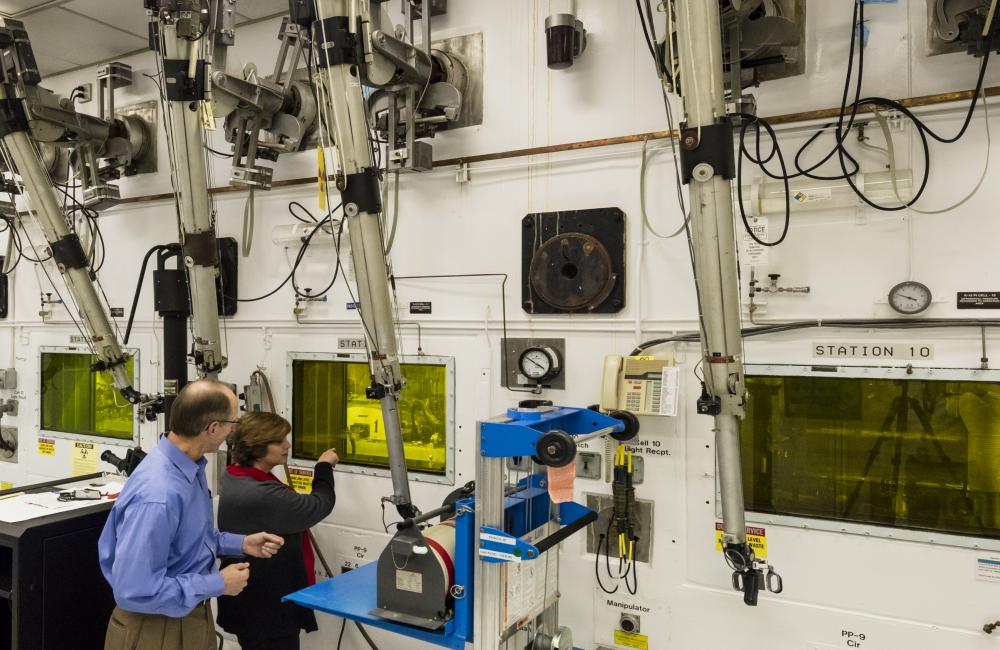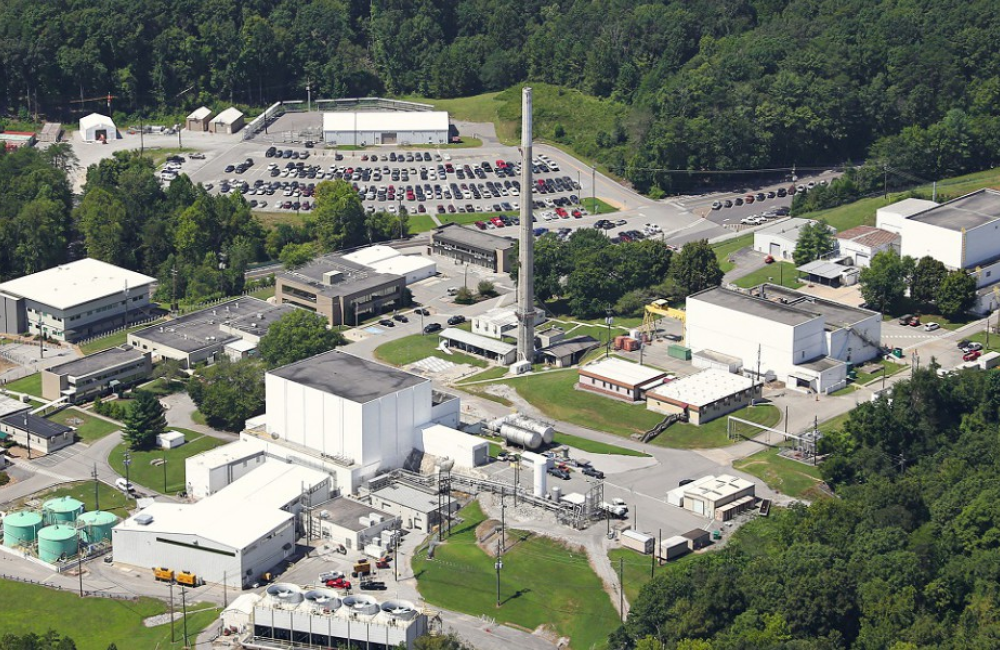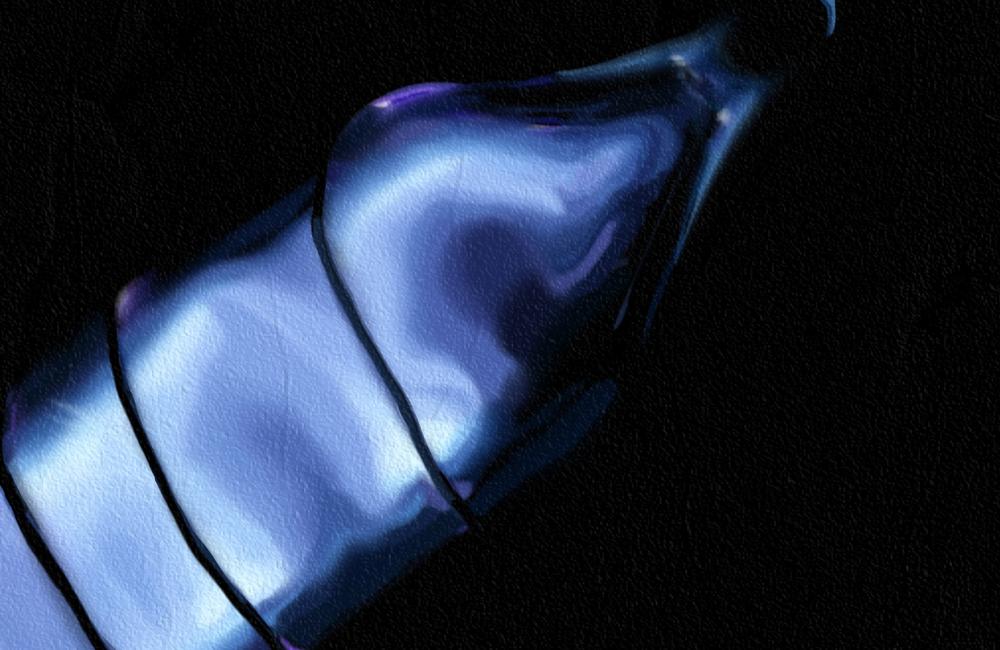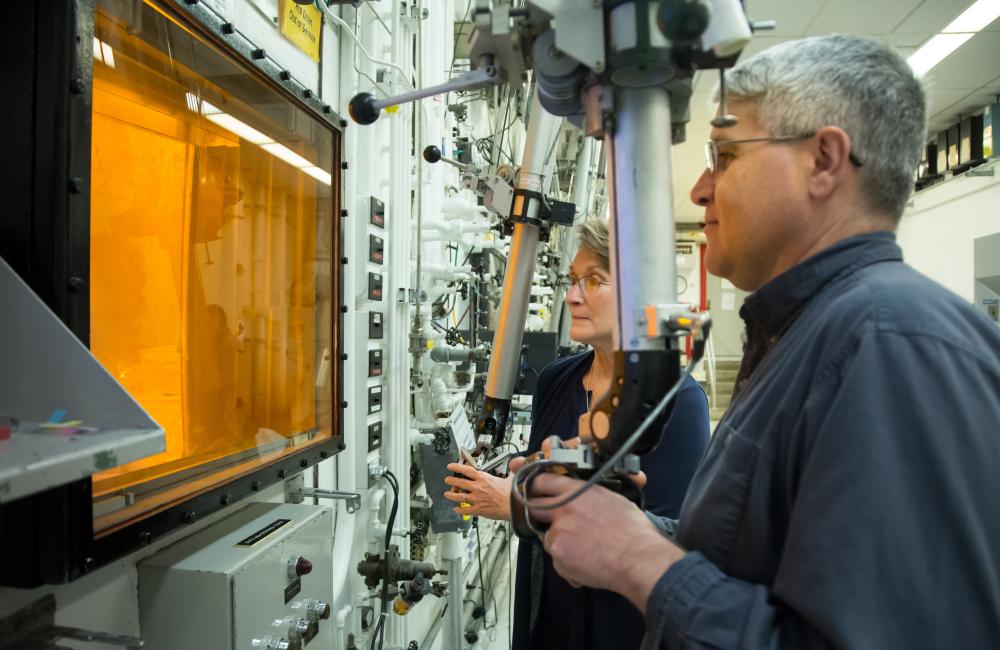Advancing isotope science for a healthy, secure and resilient future
We are a global leader in isotope research, development, and production, meeting the nation's emerging needs for stable and radioactive isotopes.
Whether it's national security, industrial, medical or basic research needs, the Isotope Science and Enrichment Directorate (ISED) is at the forefront of isotope innovation for Oak Ridge National Lab (ORNL) and the world.
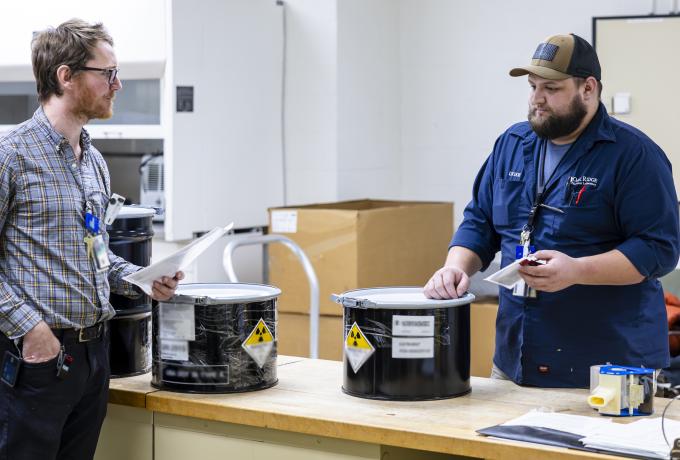
Our Mission
ISED meets the nation's emerging needs for stable and radioactive isotopes through:
- Unleashing the expansion of the applications and production of isotopes
- Serving as the nation's steward of enrichment technology
- Operating the unique facilities that comprise ORNL's isotopes and nuclear materials complex
Our Science
The Enrichment Science and Engineering Division (ESED) serves the nation in two critical areas: advancing enrichment technologies and exploring stable isotope production and applications.
The Isotope Processing and Manufacturing Division (IPMD) streamlines the routine manufacturing of isotopes into efficient, quality-controlled processes.
The Nonreactor Nuclear Facilities Division (NNFD) operates, maintains and modernizes nuclear facilities, managing infrastructure, staffing and processes needed to support research and innovation.
The Radioisotope Science and Technology Division (RSTD) is a global leader in actinide science, research and development of the 15 metallic chemical elements with atomic numbers from 89 to 103, actinium through lawrencium.
Our people
We’re a team of more than 500 scientists, engineers, technicians, facilities experts and other professionals spearheading isotope science. We work to increase isotope production and discover more applications for isotopes in national security, industry, medicine and research.
In addition to making vital advances in the uses and production of radioisotopes, we develop new technologies that enable us and others to enrich and separate stable isotopes for important national missions. We operate, maintain and expand ORNL’s unique facilities, where crucial isotope and nuclear materials research happens – research that will continue the 80-year-plus legacy of ORNL as a world leader in isotopes.
What we learn and do here, we know, will impact generations to come.
Facilities

ISED provides excellent stewardship of ORNL’s nuclear and radiological facilities — the Radiochemical Engineering Development Center and numerous other hot cell facilities — that are critical in guiding the lab’s efforts to broaden the application of isotopes for energy, environmental, medical and national security purposes.









